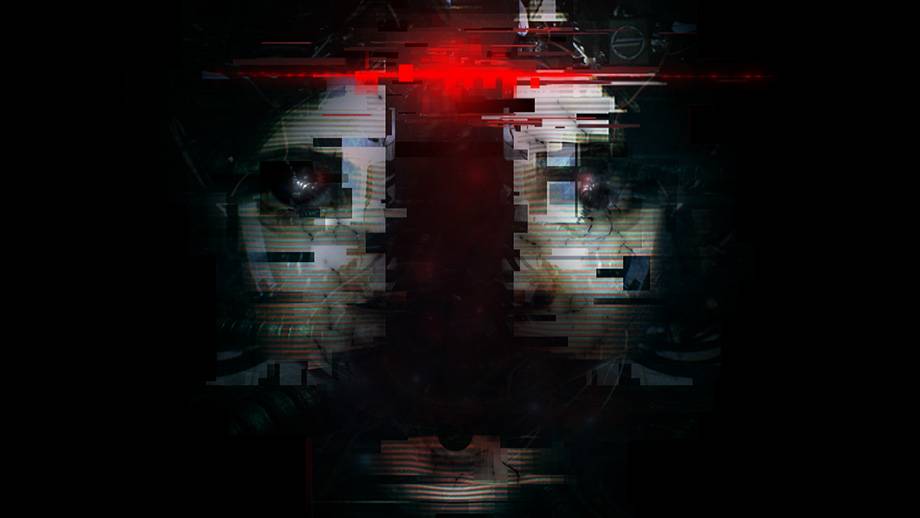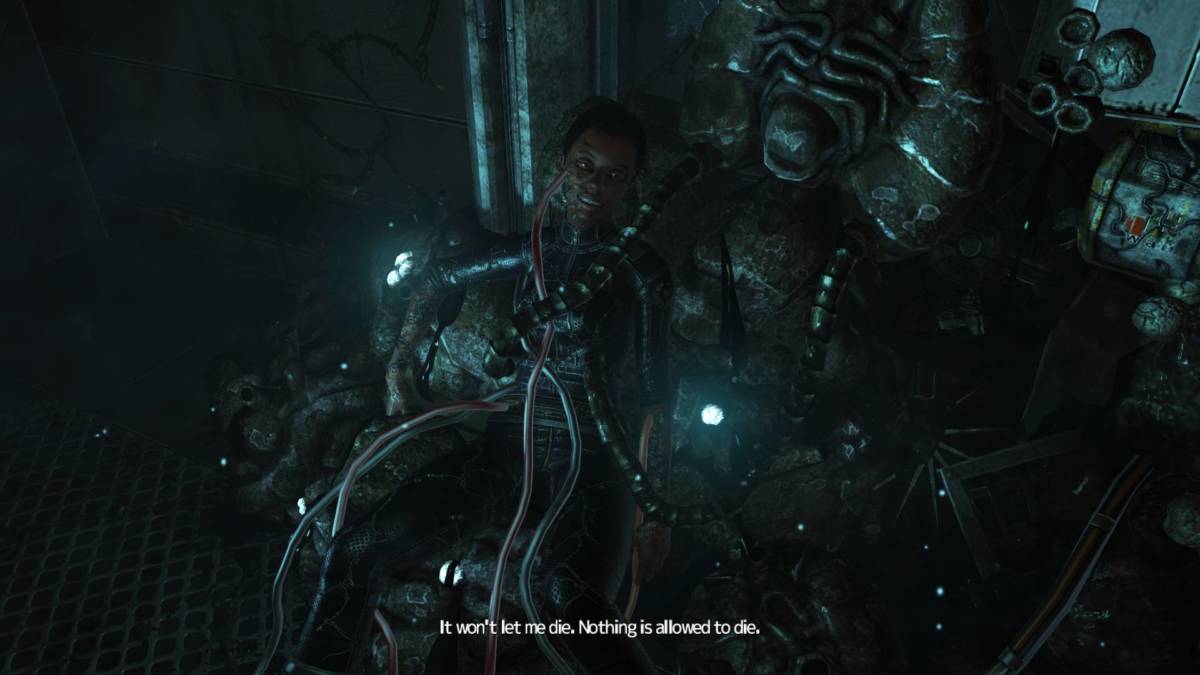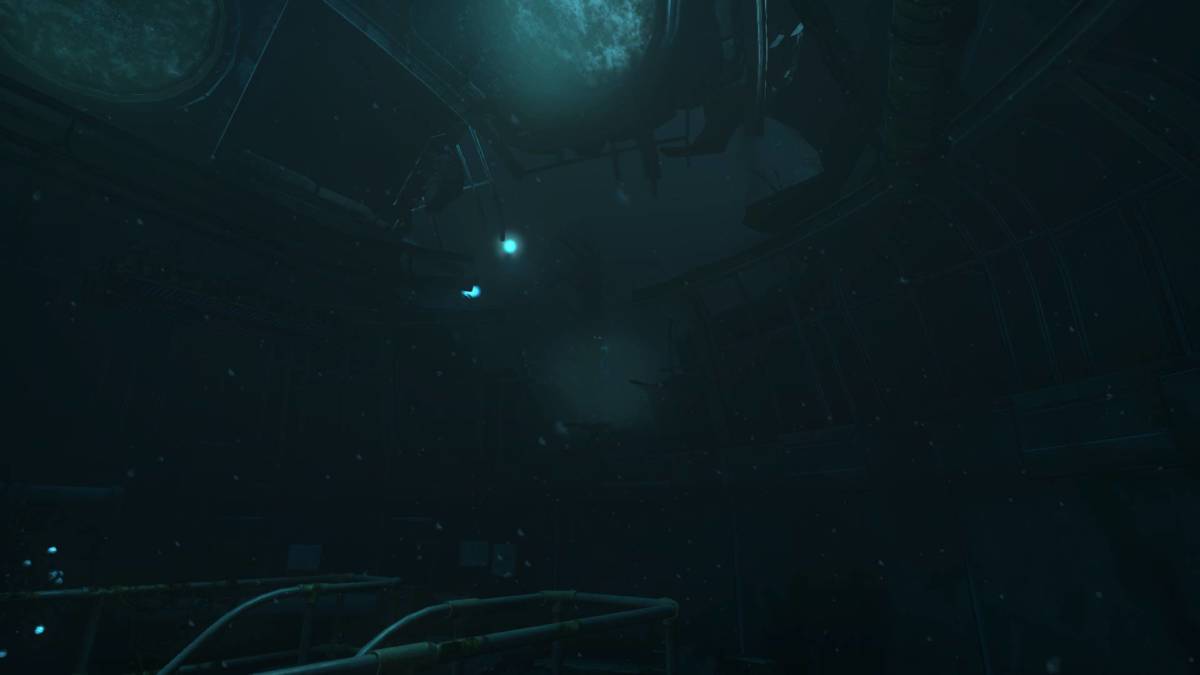Memorable Mechanics is a bi-weekly column highlighting memorable gameplay mechanics and level design of both past and present video games. This week I take a look at SOMA, a survival horror game that removed the threat of death in a post-release game mode, which surprisingly bolstered the original experience.
Few game developers have successfully made me fear that which lurks in the shadows as consistently as Frictional Games. Since their first foray into horror with their puzzle-filled horror trilogy Penumbra, Frictional has been at the forefront of crafting atmospheric worlds that have stories to tell. While also actively trying to kill you.
SOMA, Frictional Games’ 2015 sub-aquatic survival horror game continued this trend of atmospheric and narrative horror-driven experience. Upon regaining consciousness after undergoing an experimental brain scan in Canada, protagonist Simon Jarrett finds himself in the dilapidated underwater research facility known as PATHOS-II. SOMA’s narrative is of a masterclass in my opinion, as uncovering the mystery of Simon and PATHOS-II is equal parts thought-provoking and disturbing.
As with Frictional’s other more recent horror titles, the player’s only course of action when encountering enemies in SOMA is to utilize stealth to surpass them. There are no other means of defense. And herein lies my biggest problem with horror games where combat is not an option: it hurts the game’s pacing, and ultimately its narrative.
Horror games, much like their film counterparts, have a unique problem that most genres do not. Much like the third act of any horror movie, once the viewer has seen what goes bump in the night, the heart racing scares no longer serve their purpose. In the film, the monster is no longer scary. In games, dying at the hands of said monster is initially redeeming. By playing, part of the thrill is being killed by that which hunts the player. Though after being killed several times, the euphoric feeling of terror is replaced with frustration.
In SOMA, this dilemma resulted in my almost not finishing it, as these stealth sections impeded the pacing of the story, a story that I badly wanted to uncover the mystery behind. Having to replay several sections multiple times disrupted the flow of my experience, and dampened my interest in the story.
Players are limited to crouching and sneaking, or sometimes hauling ass, past enemies that patrol the facility. The stealth mechanics are simplistic, and I found that these segments did little other than interfere with my progression. Given the complex nature of the game’s story, not only its subject matter but its various twists and turns, I found it difficult to piece together a complex narrative under these numerous high-pressure situations.
I gave up on SOMA after five hours and opted to drop it in favor of another timely release, vowing to return to it. And two years later, I did, thanks to Frictional Games post-release content: Safe Mode. This new mode enabled players to uncover the mysteries of PATHOS-II without the fear of death. While the facilities terrifying inhabitants remained, they became harmless.
For a survival horror game to remove its survival element, the question has to be asked, “does this drastically alter the original vision of SOMA?” Not to speak for the developers, but I would say, in fact, SOMA benefits from Safe Mode and ultimately makes for a more enjoyable experience. Upon the mode’s release, I decided to start a new playthrough and found myself still equally unnerved and even more engaged in its psychological horror riddled tale. SOMA was as tense and atmospheric as ever.
A majority of SOMA’s horror aesthetic is drawn from its dimly lit corridors, pipes suddenly bursting, and animalistic groans reverberating through corridors. Coming to grips with the dire situation that the crew of the PATHOS-II experienced, along with how they dealt with it, affected me more than any monster could have.
And yet, the monsters remained, and they became even more unsettling despite their being docile. These tortured souls still shamble through the halls, some shrieking. Unnerving as ever, and sometimes causing me to continue to avoid their patrol routes. With the removal of the threat of death, my progression increased. I was able to get that next piece of story information quicker, and thus my understanding, and engagement, of SOMA’s world, increased.
I’m not of the opinion that a SOMA styled Safe Mode would be beneficial to every horror game. Horror titles such as Resident Evil VII or The Evil Within 2 have combat as a vital part of their gameplay, and removing them would, in essence, defeat their intended experience. Horror games that focus on psychological scares, engrossing environments, and whose narrative is the main draw, however, would benefit from this. In SOMA’s case, it bolstered my experience.
Some of the coverage you find on Cultured Vultures contains affiliate links, which provide us with small commissions based on purchases made from visiting our site. We cover gaming news, movie reviews, wrestling and much more.





